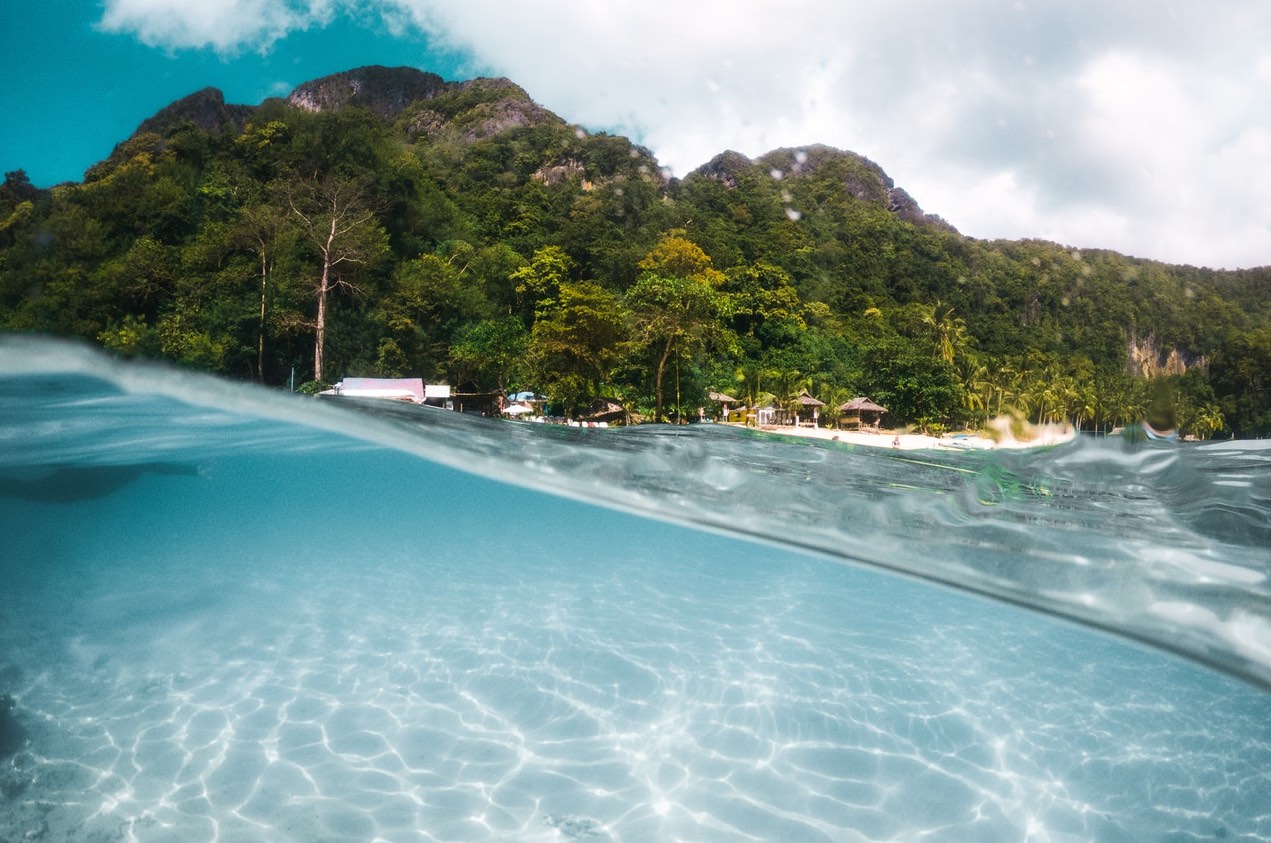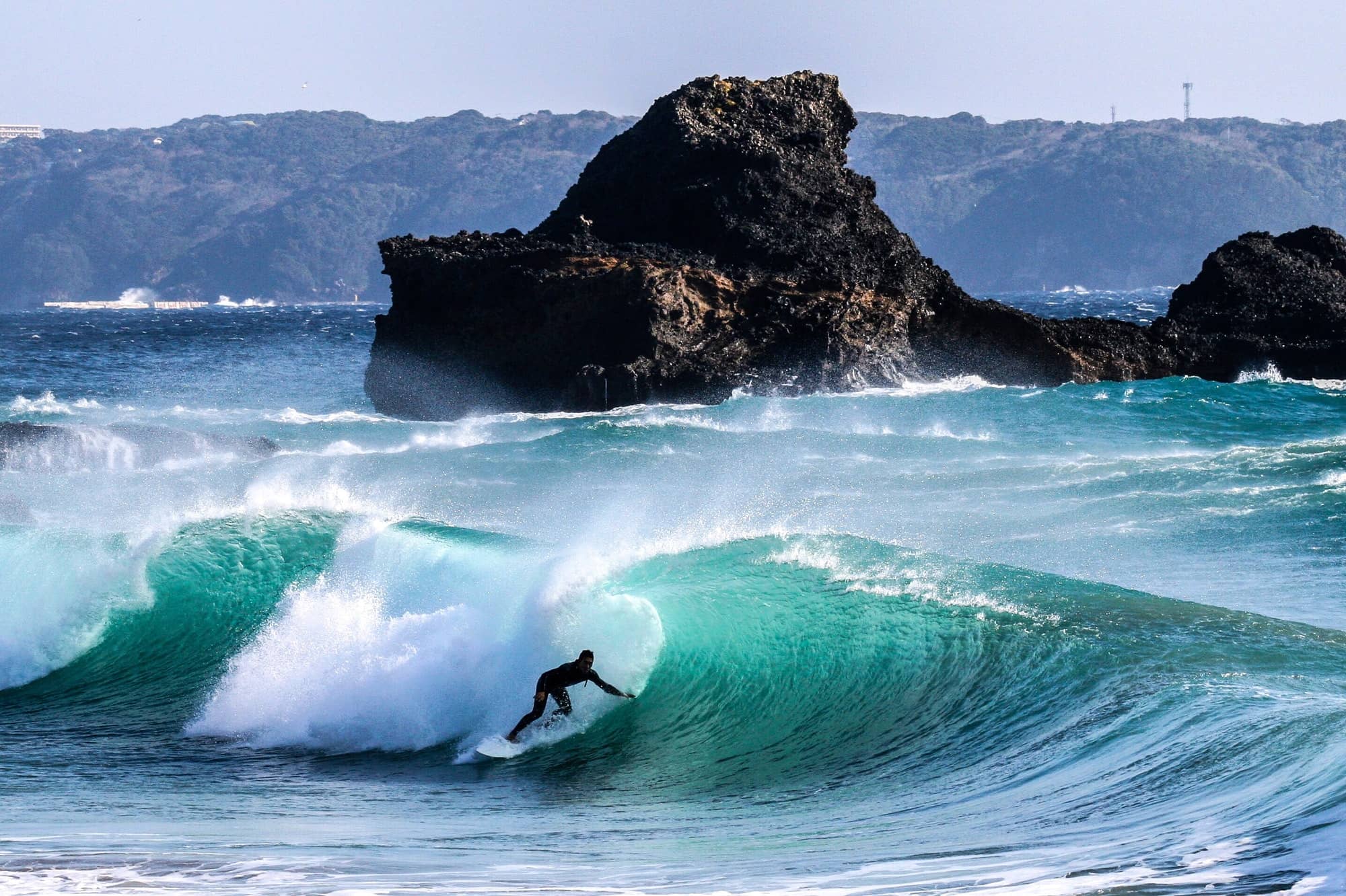
History of Surfing
History of Surfing
Since humans realized they could survive in the water – it’s thought that some shape or form of surfing has existed. Anthropologists have identified that ancient cultures from all over the world had developed a form of surfing.
Where there were islands that needed a form of transport to travel over water, surfing became more significant – and some regarded the activity as spiritual given its importance. It was even held in high regard in island tribes. The best surfer would always be the chief or top of the hierarchy. Surfing has an extensive history, but we’ll look at the main points.
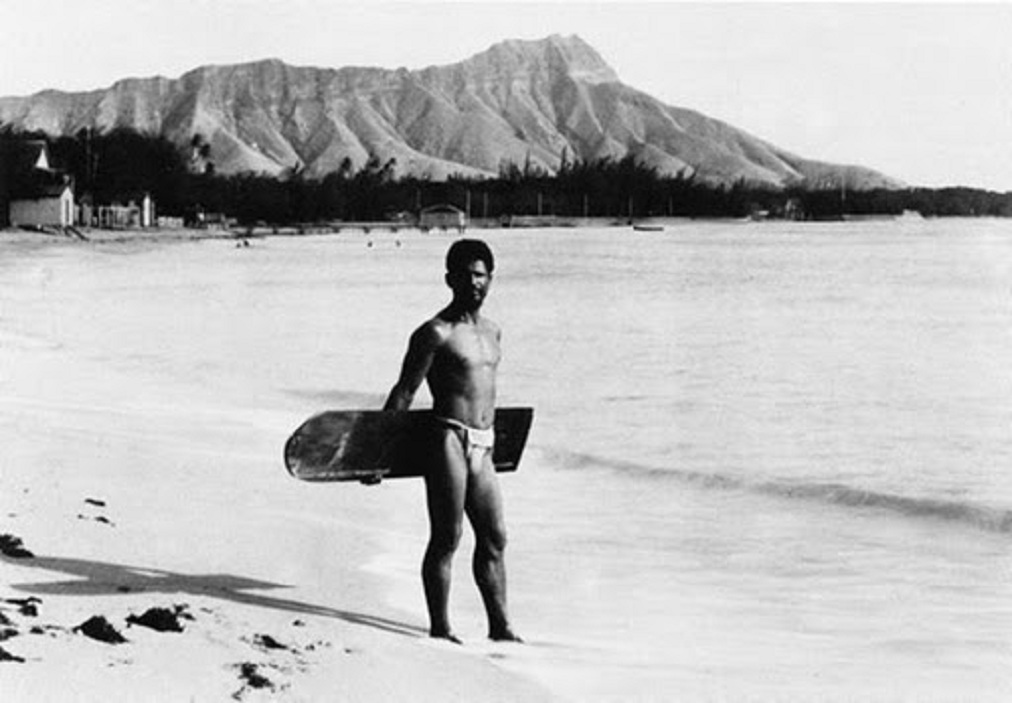
The Origins of Surfing
Archaeologists and historians have found evidence of surfing originating in two unrelated places – Peru and Polynesia. In South America, the pre-Inca cultures show that they used vessels to ride waves from as early as 200 B.C. Spanish explorers saw the practices in the mid 16th century, where villagers and tribes rode out into the water to fish for their food.
Polynesia, especially Hawaii, is considered the most prominent area where surfing has developed as it’s known today. The earliest known surfers are thought to have first touched the waves with a board thousands of years ago. It was British explorer James Cook who first identified the practice as a central part of Polynesian culture.
He recorded that the essential knowledge of surfing was significant to the livelihoods of local tribes. It wasn’t just an activity to be enjoyed – but part of warriors’ training, enhancing gathering skills and connections to deities. Those who were the best surfers in the community would be top of the tribal hierarchy.
How Surfing Has Developed Over Time
Since European explorers have discovered surfing – tales of its importance and remarkable achievements have spread through the world. During the 18th century, colonists tended to suppress surfing to get locals to get in line with their ideologies. Surfing, however, did not lose interest among curious populations outside Polynesia.
When Hawaii became a tourist destination in 1907, surfing interest increased among visitors seeing it as a recreational activity.
Recommended
The enjoyment and deep cultural roots of the sport spread rapidly among countries with wave-ridden coastlines. Enthusiastic tourists have taken the word back to their homes. Countries like the United States and Australia were especially receptive to surfing.
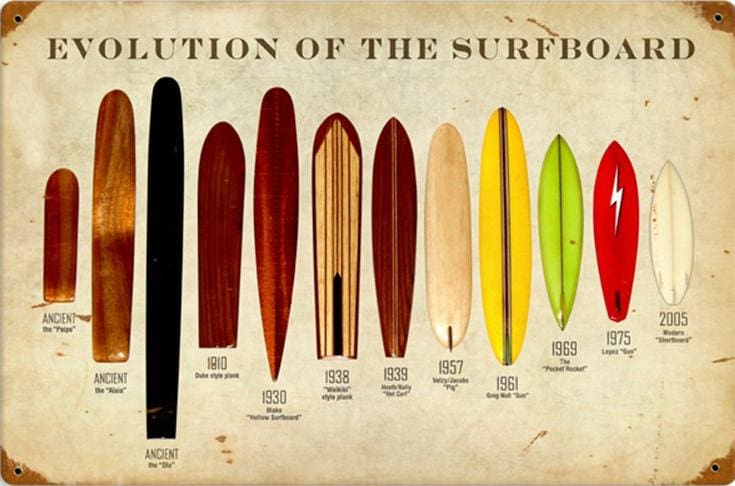
Surfing in the Modern Era
The vast history of surfing and its cultural and spiritual connections have allowed the activity to spread into a livelihood. Today, surfing is considered more competitive as it has been adopted as a professional sport. Though in places such as California and Australia – surfing has been embedded in the local culture. In these areas, surfing has an intriguing history of its own.
Many stories and tales make up the history of surfing, and large anthologies could be written on the people riding the waves, the most important of which is you. Surfers around the world are creating histories of their involvement with surfing – and you can play a role in the history of surfing, too.
You May Also Like
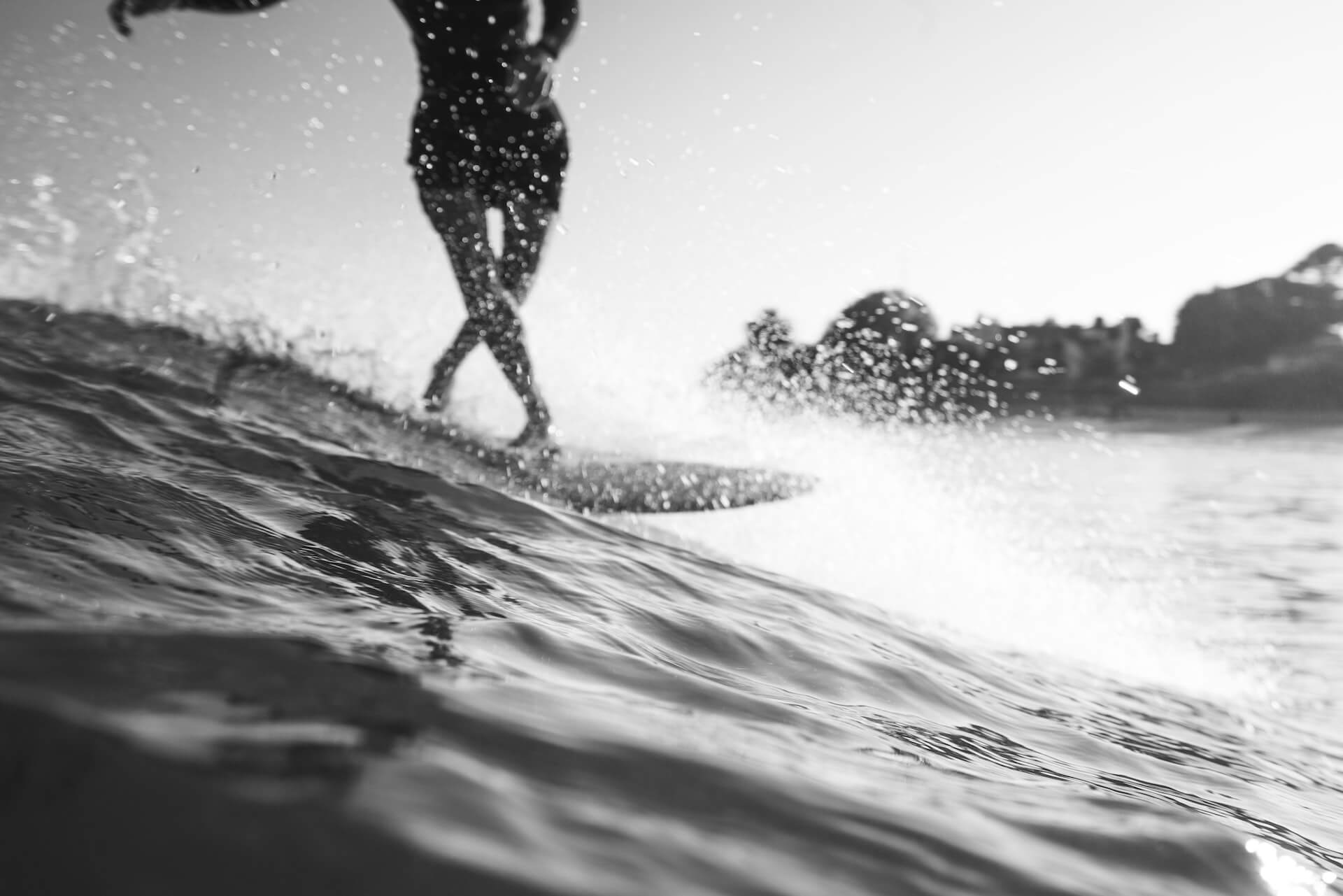
Should You Date a Surfer?
The sport of surfing has its own culture, and many surfers share a few common traits. Whether or not you like surfing, should you date a surfer?
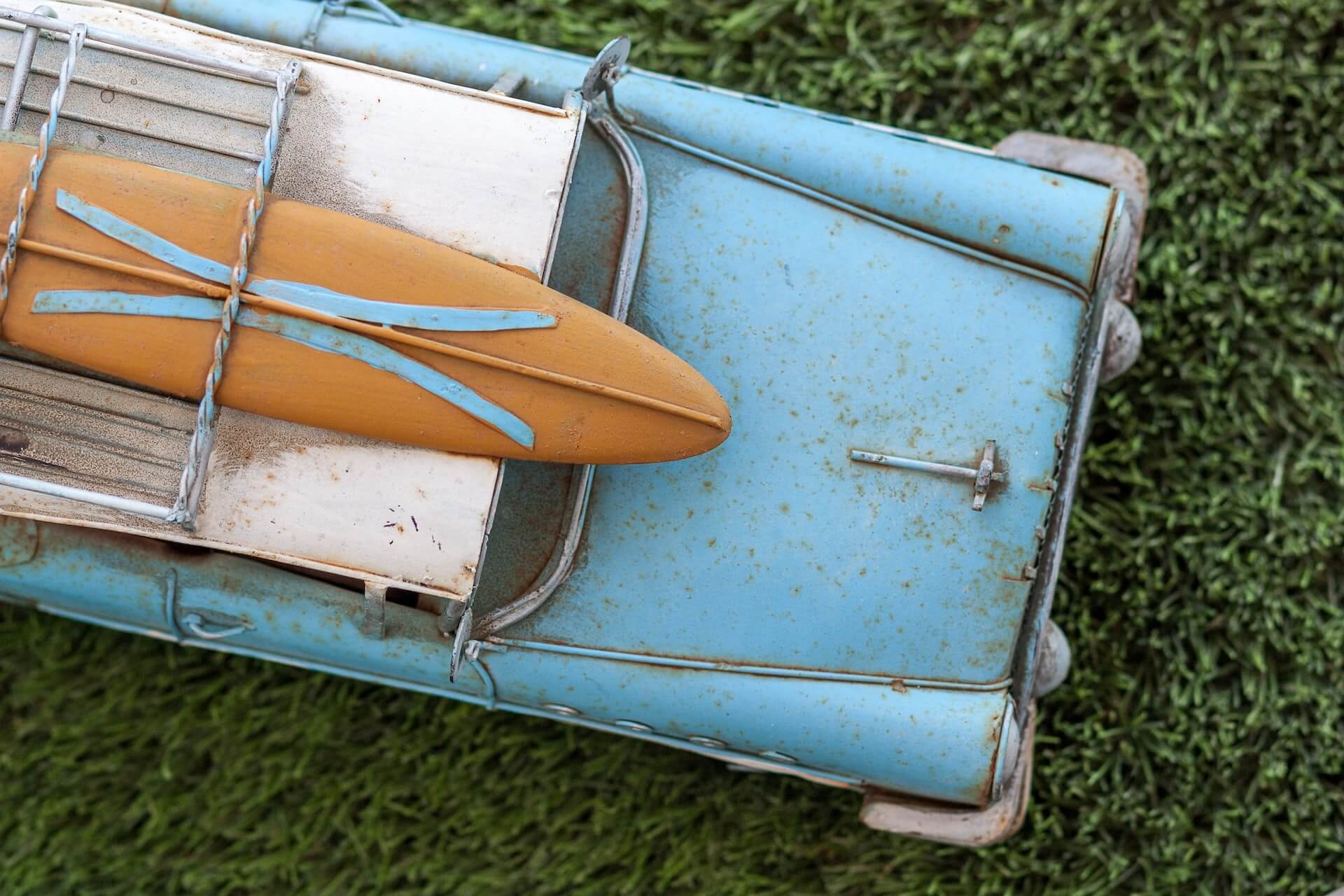
Signs That You’re a Surfer
There’s a reason why surf culture is such a big thing today, surfing is central to everything surfers do. Although surfing may not have taken over your life, there are a few signs that say you’re a surfer.
Stay in Touch
Sign up for our newsletter to keep updated on our new posts or any sweet deals. No spam ever!
